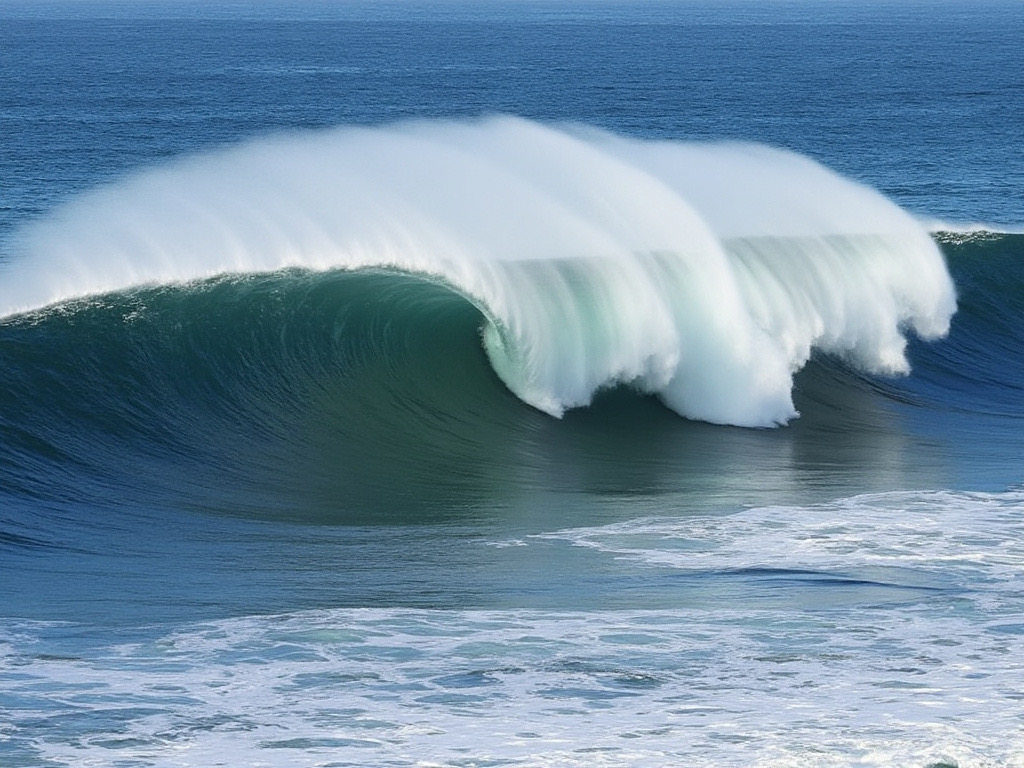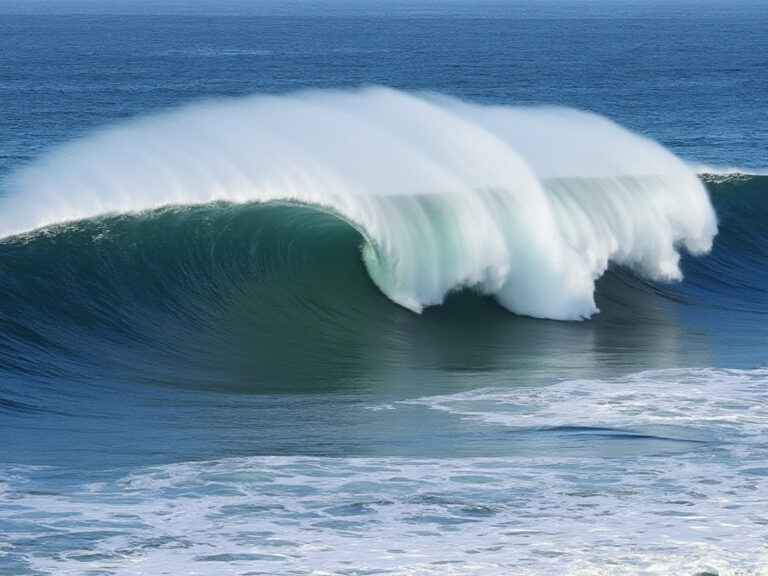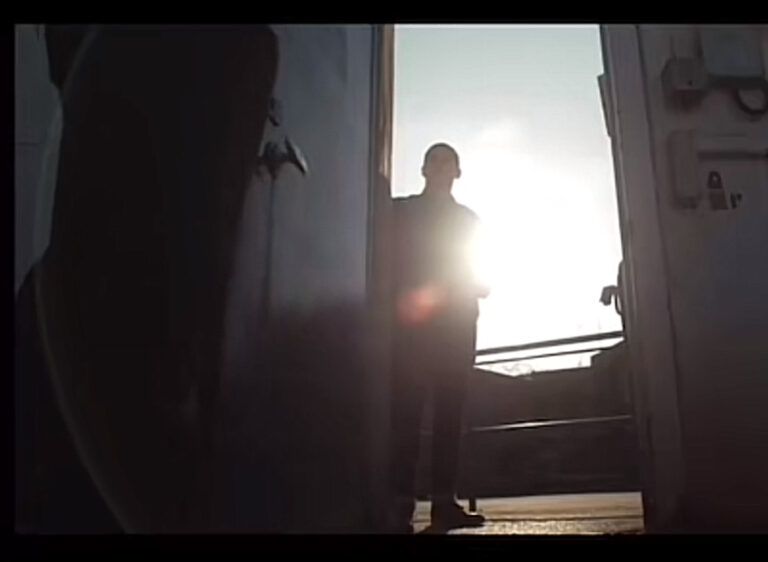
As the world shifts towards renewable energy to combat climate change and reduce dependence on fossil fuels, one emerging frontier is wave energy. At the heart of this innovation lies PacWave, the United States’ first accredited, grid-connected wave energy test facility, located off the coast of Oregon. Designed to advance the commercialization of wave energy technologies, PacWave represents a bold leap toward harnessing the power of the ocean.
What is PacWave?
PacWave is a cutting-edge wave energy testing facility developed through a partnership between Oregon State University (OSU) and the U.S. Department of Energy. The facility is strategically located off the coast of Newport, Oregon, and aims to accelerate the development, testing, and deployment of wave energy converters (WECs).
The site consists of two main components:
1. PacWave North: A non-grid-connected, shallow-water testing site for early-stage research and development.
2. PacWave South: The centerpiece of the project, a pre-permitted, grid-connected site in deeper waters designed to test full-scale WECs in real-world conditions.
Why Wave Energy?
Wave energy is an underutilized yet highly promising renewable energy source. The motion of ocean waves contains vast amounts of kinetic and potential energy, which can be converted into electricity using WECs. According to the U.S. Department of Energy, the technically recoverable wave energy resource in the United States could provide up to 1,170 terawatt-hours (TWh) of electricity annually—enough to power millions of homes.
Key advantages of wave energy include:
• Abundance: The ocean covers over 70% of the Earth’s surface, offering a virtually endless supply of energy.
• Predictability: Unlike solar and wind, wave patterns are more predictable and consistent.
• Complementarity: Wave energy can work alongside other renewables like wind and solar, providing stability to the grid.
How Does PacWave Work?
PacWave South is a fully equipped facility designed to simulate real-world conditions for testing WECs. The site features:
• Four test berths: Each berth is connected to the power grid via undersea cables, allowing for simultaneous testing of multiple devices.
• Monitoring systems: State-of-the-art sensors and data collection tools to assess device performance, environmental impact, and reliability.
• Pre-permitted zones: Simplified regulatory processes to help developers focus on innovation.
This infrastructure enables researchers and companies to refine their technologies in a controlled environment before scaling up for commercial deployment.
The Impact of PacWave
PacWave is not just a testing ground; it is a catalyst for innovation in the renewable energy sector. The facility is expected to:
1. Advance wave energy technology: By providing a platform for rigorous testing and optimization.
2. Create economic opportunities: Generating jobs and fostering a new wave energy industry in the U.S.
3. Support sustainability goals: Contributing to national and global efforts to reduce carbon emissions.
4. Enhance academic research: Serving as a hub for collaboration between academia, industry, and government.
Challenges and Opportunities
While the potential of wave energy is immense, challenges remain. These include high costs, complex permitting processes, and the technical difficulties of operating in harsh marine environments. However, facilities like PacWave are crucial for overcoming these barriers by providing the resources and expertise needed to refine WEC technology.
The Future of Wave Energy
PacWave’s development signals a broader shift in the global energy landscape. As more nations invest in marine energy, wave power could become a key component of a diversified, sustainable energy mix. With its focus on innovation and collaboration, PacWave is poised to position the United States as a leader in the wave energy revolution.
Conclusion
PacWave is more than just a testing facility; it’s a bold step toward a cleaner, more sustainable future. By unlocking the potential of wave energy, PacWave is helping to address some of the world’s most pressing challenges, from energy security to climate change. As it propels wave energy from concept to reality, PacWave stands as a beacon of innovation and progress.
For those passionate about renewable energy and environmental sustainability, PacWave is a story worth following. The waves of the Pacific may soon power our homes, cities, and industries, thanks to the groundbreaking work happening off the coast of Oregon.




